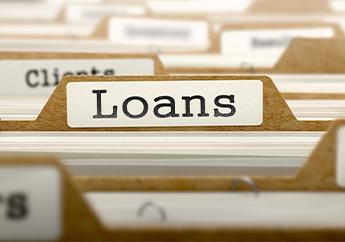
Missouri's Energy Loan Program administers a revolving fund (Energy Set-aside Fund) that is capitalized by dedicated revenues. In late 1986, Missouri received a portion of funds resulting from a settlement of oil overcharges that occurred from 1973 to 1981. The state held several advisory meetings to determine how to use the monies within the restrictions of the settlement. Part of those funds were used to create Missouri's Energy Loan Program.
The Energy Loan Program functions like an environmental infrastructure bank, providing low interest loans to eligible recipients for eligible projects. The settlement funds reside in the Energy Set-Aside Fund. As loans are repaid, the loan principal and interest earnings are recycled back into the fund. The department uses those funds to finance new loans to other recipients, allowing the funds to "revolve".
The Energy Loan Program currently finances two separate low-interest loans:
- Energy Loans cater to public schools (K-12), public and private colleges and universities, local governments, public-owned airport facilities (municipal, county, regional and international), public water and wastewater treatment facilities and public and private not-for-profit hospitals. Funds can be used for qualified energy-saving investments and energy efficiency and renewable energy projects to reduce energy use and cost.
- Emergency Energy Loans are available to public schools (K-12), city and county governments, public hospitals and public colleges and universities impacted by severe weather events or catastrophic equipment failure.

